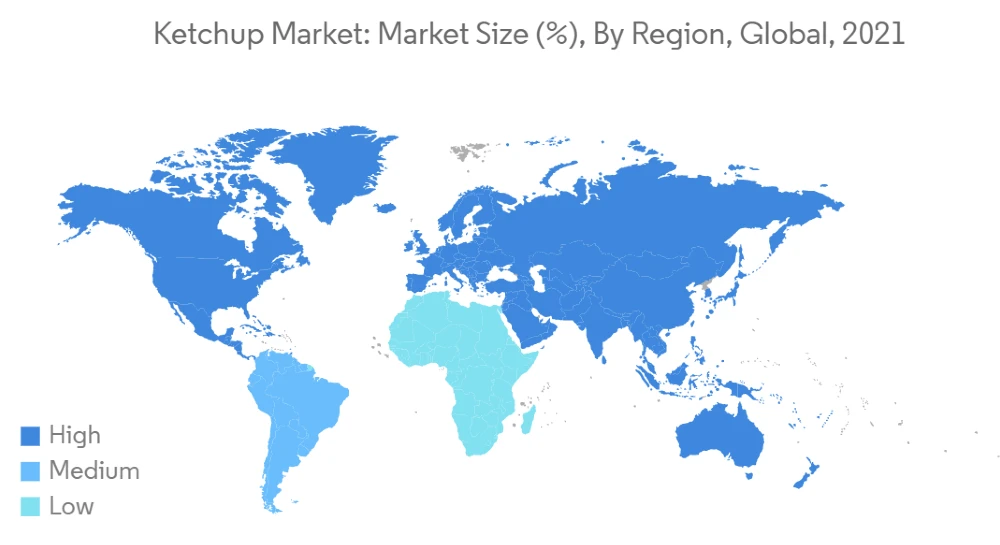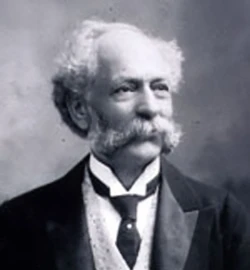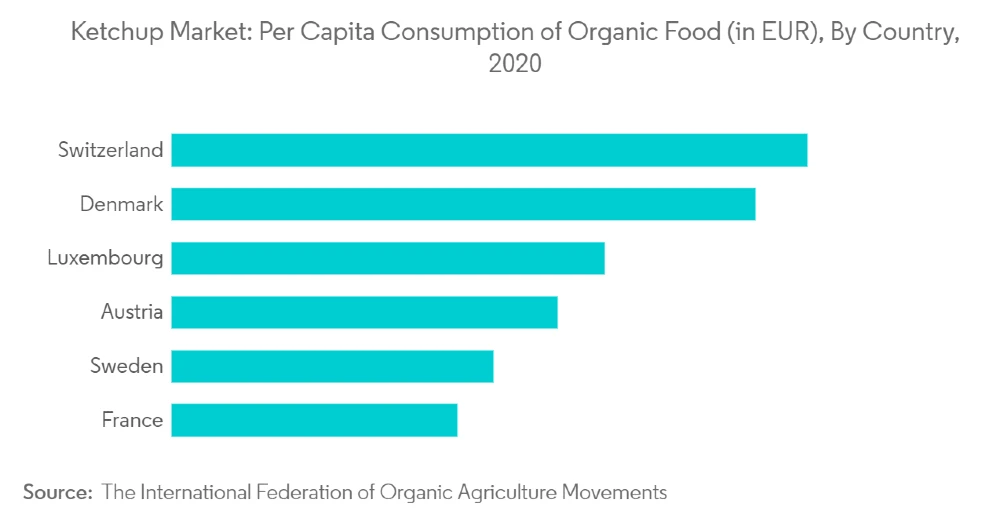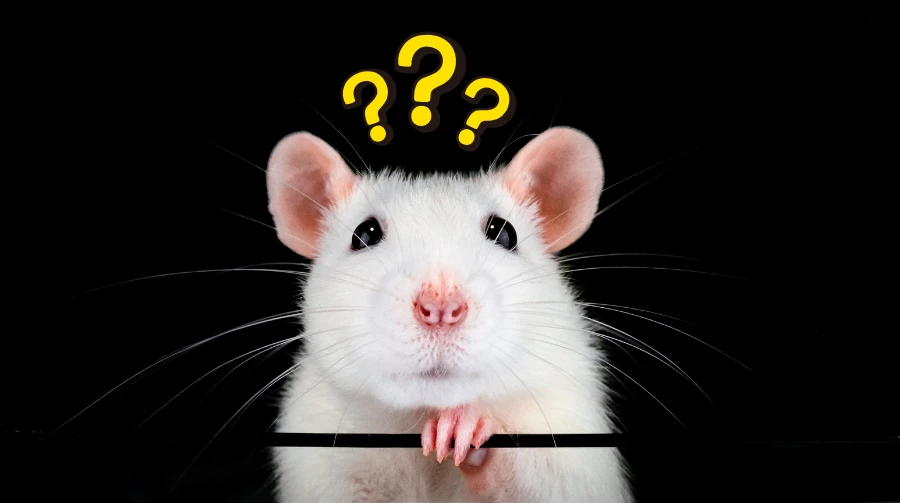Ketchup is so iconically American, that it’s basically the red in the red, white and blue.
And because everyone globally recognizes ketchup as the number one condiment in every American home, it’s not surprising that North America is the largest consumer of ketchup in the world.
In fact, 97% of Americans have a ketchup bottle in their kitchen right now.
Now that we’ve covered the widely recognized facts about the tomato-based condiment, it’s time to dig deeper. It’s time to dive into the origins.
History is often rewritten and in this case, the original ketchup has been forgotten by all but a few food historians.
After all, the truth isn’t always as tasty as the Norman Rockwell version of a condiment’s origin story. The real ketchup, the original, began long ago, well over a thousand years and in China.
Tomatoes are native to North America, as such, the first recorded recipe for ketchup didn’t use them. Instead, it was a combination of fish guts, intestines, bladder and stomach all mixed together with a hefty dose of salt.
That fishy mixture was then sealed and heated in the hot summer sun for 21 days.
That’s right, the original version of ketchup was, in actuality, a fermented fish paste that dates back to the sixth century in China.
But much like its modern tomato-based successor, the original ketchup quickly found popularity throughout the regions.
Demand for the condiment skyrocketed throughout Southeast Asia, with British and Dutch who arrived in the 1600s becoming enamored with the fishy paste.
The sailors brought ketchup home to Europe and added their own modifications including beer, mushrooms, walnuts, oysters, strawberries and peaches.

One oyster ketchup recipe from the early 1700s called for 100 oysters, ½ liter of white wine and 7 crushed lemon peels spiked with mace and cloves.
In Great Britain in the late 1700s, the “Prince of Wales” ketchup (catsup if you’re British), became popular. Of course, one must enjoy anchovies and elderberries, mashed into a fine paste with fish guts and left to ferment for weeks.
Famed author, Jane Austen, wrote Pride and Prejudice while frequently munching on toast triangles with a healthy spread of mushroom ketchup.
By the mid 1700s English ketchup was a mainstay on British dinner tables and as colonists went west it soon made its way across the pond to the colonies.
As was the tradition, each culture that adopted ketchup added its own twist, and the colonists of the new world did the same.
But unlike all those that came before them, every modification and addition, the change given to the condiment by the colonists took hold and became permanent.
No doubt you know where this history lesson is heading…

Henry Heinz Legacy
Today, Heinz is the best-selling brand of ketchup in the world, with over 650 million bottles sold each year in the United States alone. In 2015 the H. J. Heinz Company merged with Kraft Foods. The new Kraft Heinz Company is the world's fifth-largest food and beverage company and the third-largest in the United States.
It’s in the colonies where tomatoes come in, as they’re native to the Americas. It’s rumored Europeans once believed they were poisonous due primarily to their coloring.
But in 1812 a Philadelphia horticulturalist and scientist by the name of James Meese bravely introduced tomatoes into the ketchup mix when he published a tomato ketchup recipe.
This was the beginning of a new crimson era.
It was from there that many iterations were concocted, and by the end of the 18th century the New York Tribune called tomato ketchup America’s national condiment.
This is where a relatively new company called Heinz introduces its now famous version of the red condiment in 1876.
Heinz took a chance and in doing so, changed food preservation forever.
Until this point, preservation of tomato-based sauces was an issue. The fruits would decompose quickly, greatly impacting the shelf life of the product.
Heinz taught America the benefit of vinegar as a standard preservation ingredient.
The company mass-produced American style ketchup using a simple formula made of tomatoes, distilled vinegar, brown sugar, salt, and various spices.
But Heinz didn’t stop there. The company wanted to make sure the public could see their version of the famous condiment.
It was necessary at the time to gain trust in their vinegar-based preservation method.
So, they pioneered something else that we still use today, glass bottles as packaging, so customers can see exactly what they’re buying.
More To Discover
- The Rise of Industrial Cheese Factories: How We Went From Farmstead to Mass Production
- Seoul Government Uncovers High Levels of Toxic Chemicals in Shein Products
- Kourtney Kardashian Faces Backlash Over “Sustainable” Boohoo Fast Fashion Collaboration
- Farmers Are Shouldering The Burden: The Hidden Cost of Big Food’s Green Push & Every Way It Hits Smaller Farms

The condiment that originated in China and was still referred to as ketchup, was now red, with a tomato base, and proudly sat on every American diner table.
1,500 years after its first introduction, ketchup came from the ancient East and has been transformed into an $18.3 billion dollar industry of just one single product that began as a fermented paste made of fish guts.






















